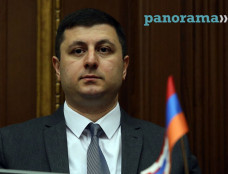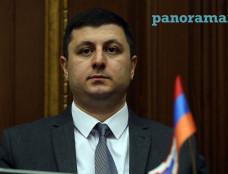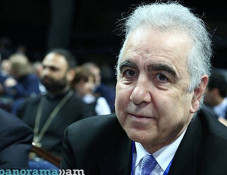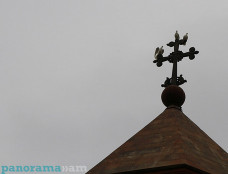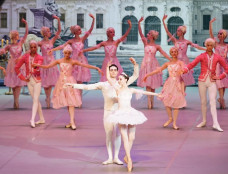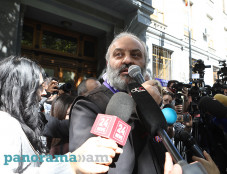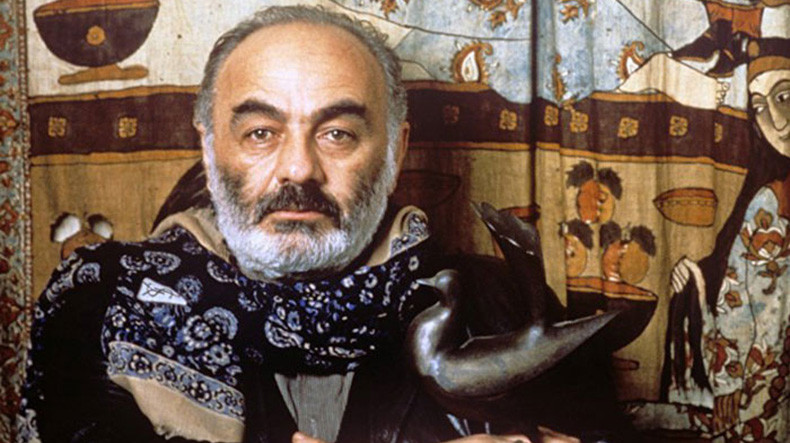
Istanbul hosts first-ever Parajanov exhibition
The first ever-exhibition dedicated to Sergei Parajanov, a world-renowned Armenian director, artist and scriptwriter, has opened in Istanbul, Turkey.
Titled “Parajanov with Sarkis’, the exhibition opened in Pera Museum in the city's Beyoglu district on Thursday, December 13, to run through March 17, 2019, Ermenihaber reports.
Coordinated by the director of the Sergei Parajanov Museum in Yerevan, Zaven Sargsyan, the event exhibits various works by the artist, including paintings, collages, trimmings, sketches themed after his movies, stage costumes, mosaics, photos, etc.
The exhibition is organized by Pera Museum in collaboration with the Parajanov Museum. It marks the 95th birthday anniversary of the great artist.
Sergei Parajanov or Paradjanov (born Sarkis Paradjanian; 1924-1990) was one of the best known directors of Soviet films. Born in Tbilisi, Georgia, to an Armenian family, his work reflected the ethnic diversity of the Caucusus where he was raised.
His first major work was Shadows of Forgotten Ancestors (1964), which earned him an international reputation for its rich use of costume and color, and its whimsical portrayal of rural life. Possibly his greatest work, The Color of Pomegranates (1969), described the life of the Armenian poet Sayat Nova. The film angered the Soviet authorities, who claimed that it evoked nationalist sentiment.
Claiming that Parajanov promoted homosexuality, the government arrested him in 1973 and sentenced him to five years in a labor camp. A large number of prominent artists, writers and filmmakers protested his sentence, but Parajanov was only released four years later, in large part due to the efforts of the French surrealist Louis Aragon. He was banned for making films for many years afterwards, when he was living in Tbilisi, but he was allowed to make The Legend of Suram Fortress (1984), which captured much of the color of his earlier work.
He managed to direct three more films before he died of cancer in Yerevan, Armenia, in 1990. A house was built for him in Yerevan which was completed shortly after his death, but which now houses all his belongings and has been turned into the Parajanov Museum.
Newsfeed
Videos






